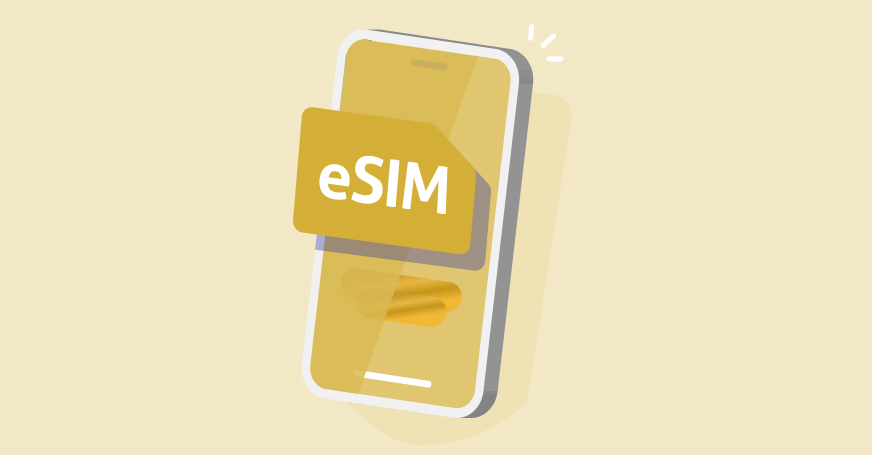Tired of unpredictable phone bills and dead zones where you can’t even make a call? You’re not alone.
The good news? There’s a smarter, simpler way to take control of your mobile life — prepaid plans combined with Wi‑Fi calling.
This powerful combo is changing how people stay connected — especially if you’re done with contracts, love flexibility, and want to keep costs low (without sacrificing quality). In this guide, I’ll walk you through how it works, what to look for, which apps help, and how to make the most of every dollar and signal bar.
Let’s dive in.
What Exactly Is a Prepaid Plan (And Why They’re Hot Right Now)
A prepaid plan is exactly what it sounds like — you pay upfront for a set amount of talk, text, and data. No contracts. No credit checks. No surprise bills.
When you hit your limit, you top up or recharge. That’s it.
Why Are People Ditching Contracts?
Here’s what’s new (and better) about prepaid plans today:
They now offer tons of data — even unlimited options.
They ride on the same major networks as the big carriers (like Verizon and AT&T).
You get more freedom to switch, pause, or change your plan whenever you want.
And yes — many support Wi‑Fi calling, too.
Prepaid isn’t just for budget-conscious shoppers anymore. It’s for smart consumers who want full control.
Also Read: How to Leave a Verizon Family Plan?
So, What Is Wi‑Fi Calling — and Why Should You Care?
Ever been inside a building with zero bars of signal, but still connected to strong Wi‑Fi? Wi‑Fi calling lets you make calls and send texts over that Wi‑Fi, instead of struggling with your cellular connection.
No extra apps needed. No weird hacks. It just works — if your carrier and phone support it.
How It Helps If You’re on a Prepaid Plan
Better reception indoors — great for apartments, basements, or rural homes.
No minutes used — Wi‑Fi calls don’t count against your talk time.
More reliable — fewer dropped calls, better clarity.
Free to use — in most cases, if it’s built into your plan.
But here’s the thing — not all prepaid carriers support Wi‑Fi calling, and not all phones are compatible.
Learn more: Understanding Wi-Fi Calling and Its Impact on Your Mobile Service
Top Wi‑Fi Calling Apps That Make Life Even Easier
Even if your plan supports Wi‑Fi calling, having a good app or two can save your bacon — especially when traveling or when your main carrier acts up.
Here are some go-to favorites:
Google Voice – Free U.S. number, great for calling and texting over Wi-Fi. Also ideal if you want to separate personal and work calls.
TextNow – Totally free for Wi-Fi calling and texting. They even offer affordable data plans if you want more later.
WhatsApp – Perfect for international voice/video calls (as long as both people use the app).
Most of these work across iOS, Android, and even desktops — so you’re covered wherever you are.
How to Pick the Right Prepaid Plan for Wi‑Fi Calling
Not all prepaid plans are created equal. If Wi‑Fi calling matters to you (and it should), here’s what to look for:
Plan Includes Wi‑Fi Calling
Check the fine print — or better yet, ask. Carriers like T‑Mobile, AT&T, and Verizon usually include it in their prepaid plans, but it’s not guaranteed across the board.
Phone Compatibility
Some older or unlocked devices don’t support Wi‑Fi calling, even if the carrier does. Make sure yours does before you commit. If you’re not sure, check out our blog about bring your own device .
Strong Wi-Fi Where You Use Your Phone
No point using Wi‑Fi calling if your Wi-Fi is weak. A stable internet connection is key.
Helpful Apps on Deck
Apps like Google Voice or TextNow are great backups if your native Wi-Fi calling ever fails or you’re abroad.
A Few Extra Pro Tips to Make the Most of It
Here’s how to squeeze every ounce of value out of your prepaid plan and Wi-Fi setup:
Keep your software up to date — phones often require the latest OS to support features like VoWiFi.
Register your emergency address — Wi-Fi calling needs this for 911 calls.
Use mesh Wi-Fi at home — If you’ve got Wi-Fi dead zones, upgrading your router or adding a mesh system can drastically improve your call quality.
Monitor your usage — Some prepaid plans have soft caps or throttle after a certain amount. Know your limits.
Looking to make the switch or want to keep your phone?
Frequently Asked Questions
Q: Is Wi‑Fi calling free?
Yes — in most cases, there’s no extra charge when you use built-in Wi‑Fi calling features.
Q: Will Wi‑Fi calls use my data?
Nope. Calls use your internet (Wi-Fi), not mobile data — unless you’re using a VoIP app that also works over LTE.
Q: Can I use Wi‑Fi calling when traveling?
Yes, and it’s one of the best tricks to avoid roaming charges — especially with Google Voice or Skype.
Q: Can I still call 911 using Wi‑Fi?
Yes, but you’ll need to register a U.S. emergency address with your carrier first. That way, first responders can find you.
Q: What if I move out of Wi‑Fi during a call?
Some phones and carriers will seamlessly switch to the cellular network. Others may drop the call. It depends on your setup.
Final Thoughts
If you’re looking to ditch expensive contracts, stay connected even when your signal disappears, and cut your phone bill in half, prepaid plans and Wi-Fi calling are your best friends.
Whether you go with a carrier that supports built-in Wi-Fi calling or use top-rated apps as a backup, you’re no longer stuck with bad service or overpriced plans.



.jpg)